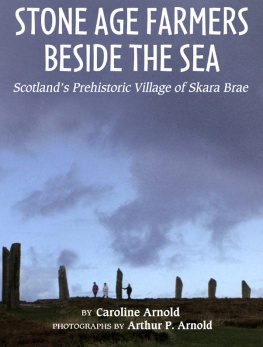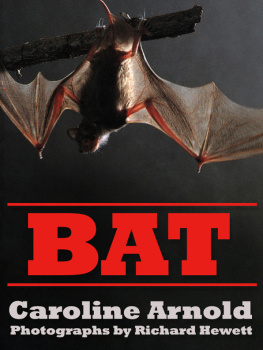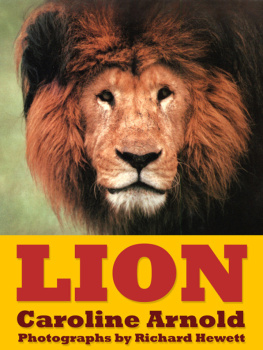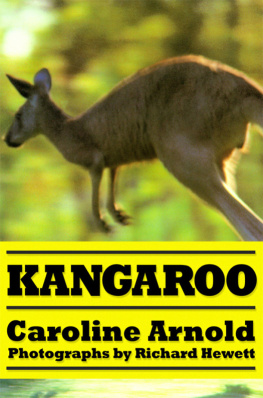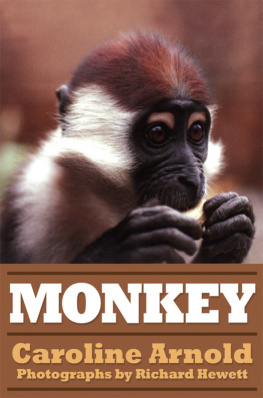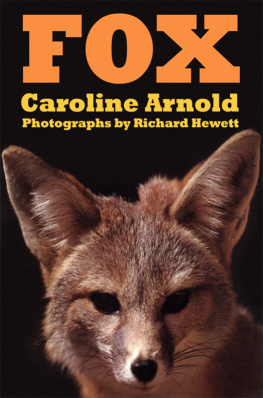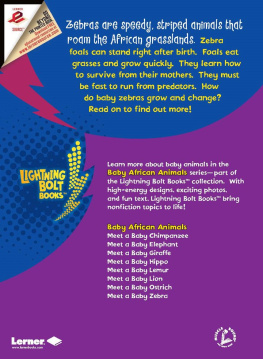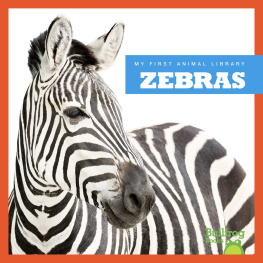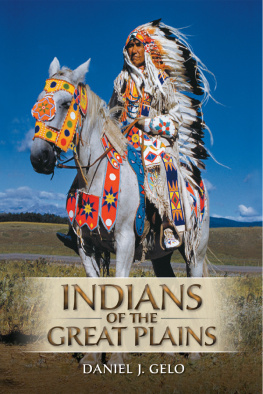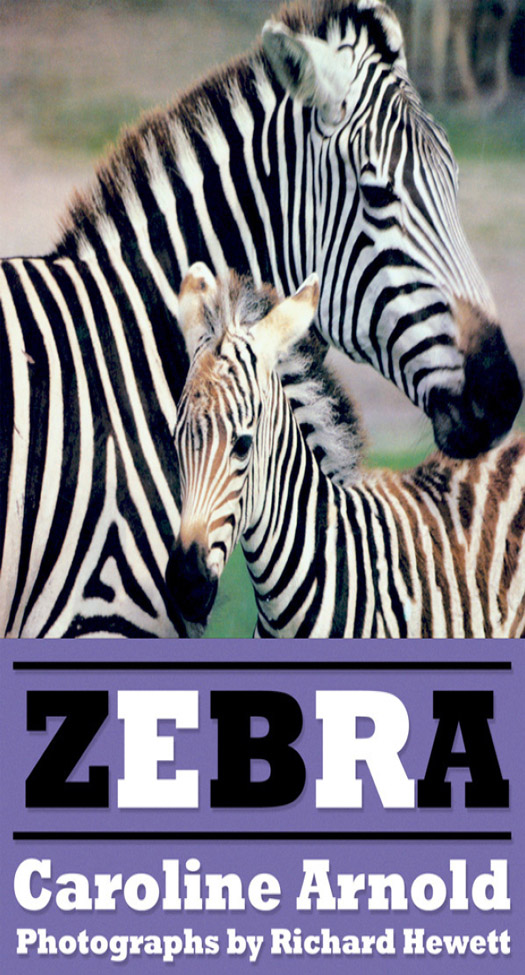CONTENTS


Guide
.
Copyright 2013, 1987 by Caroline Arnold. Photographs copyright 2013, 1987 by Richard Hewett. All rights reserved.
Published by Seymour Science
Printed edition originally published in 1987 by William Morrow and Company
Except in the case of brief quotations embodied in critical reviews and articles, no part of this book may be used or reproduced in any manner whatsoever without written permission from the publisher.
Contact: Seymour Science LLC, 15 Cutter Mill Road, Suite 242, Great Neck, NY 11021
www.SeymourScience.com
ISBN 978-1-623345-40-2
The Library of Congress has cataloged the printed edition as follows:
Arnold, Caroline. Zebra. Includes index. Summary: Discusses the characteristics and habits of zebras and describes the life of a new little zebra at a large open-air wildlife park in New Jersey. 1. ZebrasJuvenile literature. 2. Six Flags Great Adventure Safari Park (N.J.)Juvenile literature. [1. Zebras. 2. Six Flags Great Adventure Safari Park (N.J.)] I. Hewett, Richard, ill. II. Title.
ISBN 0-688-07067-1; ISBN 0-688-07068-X (lib. bdg.)




Acknowledgments
We want to thank the Six Flags Great Adventure Safari Park in Jackson, New Jersey, for the opportunity to photograph the zebras in this book. We are grateful to all the park personnel who cooperated with us in this project, and in particular we thank David Barnes, Senior Supervisor of Animal Care, for his time, cheerful assistance, and expert advice. We also thank Angela Hewett and John Levin for all their help, and our editor, Andrea Curley, for her continuing enthusiasm and support.


The tiny striped zebra struggled to stand on wobbly legs, leaning on his mothers warm belly for extra support. The babys fur was still damp where his mother had licked him, and his eyes blinked in the early morning light. He had been born just a few hours earlier and was not yet used to life in the zebra herd.
The little zebra was the newest zebra at the wild animal park in New Jersey where he lived. Here he would grow up in the company of giraffes, antelopes, and other animals native to the African plains. In the park, as in the wild, these grass-eating animals share the same living space.
In Africa, the Swahili name for zebra is punda milia, meaning striped donkey. Even though the zebra is not a donkey at all, one of the keepers at the park decided to name the new little zebra Punda. He was one of eight young zebras that had been born that summer.


Far away in Africa, thundering herds of wild zebras roam over the central, eastern, and southern plains. These herds, which sometimes combine to form groups of five hundred or more, are constantly moving across the broad grasslands in their search for food and water. Behind them lurk lions, wild dogs, and other meat-eating animals that depend on zebras for their food.
For Punda, finding enough food or escaping from dangerous hunters will never be a problem. He is fed a healthy diet, and the only people he is ever likely to see will be the animal keepers and park visitors.


Zebras and wildebeests, Ngorongoro Crater, Tanzania
Every day during the summer, and on weekends in spring and fall, thousands of people come to the park to see the zebras and other animals. They drive through the park in cars, small trucks, and buses. There they see many kinds of animals roaming free in large enclosures and living much as they do in the wild. Although the zebras in the park have become used to having people nearby, they are not tame and do not like to be touched or handled. Even the keepers, who know the zebras well, are careful around them, for an angry or frightened zebra can kick or bite.
People have always been fascinated by zebras. Long ago, these animals were exhibited in ancient Rome. In the third century, the Roman emperor Caracalla trained zebras to pull a chariot. In Africa in the eighteenth and nineteenth centuries, European settlers used zebras for riding and as work animals. Like the native Africans, the Europeans also hunted zebras for food and for their beautiful striped skins.
Like horses, wild asses, and donkeys, zebras belong to the animal group with the scientific name Equus, which means horse in Latin. Today there are three different kinds, or species, of zebras, and they differ from each other in size, the number of stripes on their bodies, and the shape of the head. The three species of zebras are not directly related to each other, and they do not breed with one another.


Grvys zebra is the largest of the three species. It was named after the French president Jules Grvy, who was given a gift of such a zebra in 1882 by the emperor of Ethiopia. Grvys zebra stands about 5 feet (1.5 meters) at the shoulders and weighs between 780 and 950 pounds (350430 kilograms). Its head has large rounded ears and is similar to that of a mule. Its call, like the mules, is a loud bray. The narrow black stripes of Grvys zebra are nearly vertical and are more numerous than the stripes on other zebra species. It lives in dry semidesert areas of northern Kenya, Somalia, Ethiopia, and the Sudan.
There are two kinds of mountain zebras, the rare Cape mountain zebra and the slightly larger Hartmanns mountain zebra. This is the smallest zebra, standing only about 4 feet (1.2 meters) tall and weighing about 600 pounds (275 kilograms). Its shape is more like that of a wild ass, with a short, plump head and long, pointed ears. The stripes of the mountain zebra differ from those of other zebra species on the rump near the tail. There a series of small stripes forms a gridiron pattern across the spine.


